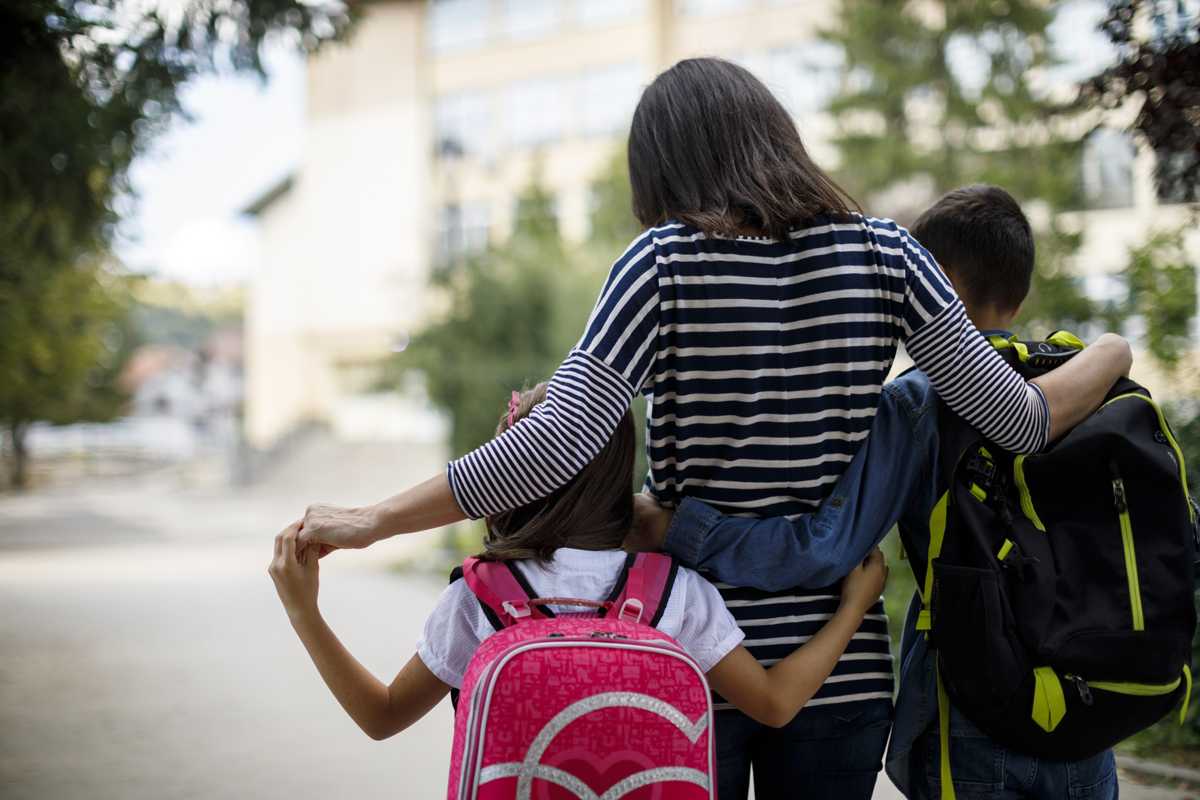There’s a new item on New Yorkers’ back-to-school list this year: childhood vaccines.
Since September 2018, the U.S. has seen the largest outbreak of measles in a generation. New York State has been at its epicenter, with more than 1,000 confirmed cases. Although most children are vaccinated against the disease, the communities that have seen outbreaks have relatively large populations of children who have not been vaccinated because of the personal or religious beliefs of their families. More than 26,000 students in public and private schools and preschool programs in New York State had religious exemptions from required vaccines during the 2017–18 school year.
To lower the number of children susceptible to measles and other vaccine-preventable diseases, New York State lawmakers voted in June to end religious exemptions from immunizations required for school children.
Vaccines offer the best protection against devastating and preventable diseases like measles. When large numbers of people aren’t vaccinated, it increases everyone’s risk of infection. And that’s especially dangerous for people who can’t be vaccinated—for example, babies who are too young to get their shots, or those with compromised immune systems. (Children who have medical exemptions from vaccine requirements will not be affected by the new law.)
But not surprisingly, the new policy has been controversial. At least two suits have been filed challenging the law, and an Albany judge is expected to rule on a temporary injunction before the new school year begins. For now, students who had previously received religious exemptions from immunizations will be required to get their shots in order to return to the classroom.
What could be the impact of the new law? Some parents of children who had religious exemptions have vowed to homeschool their kids or move out of state rather than get the required vaccinations. It’s also possible that some of those children will receive medical exemptions and remain unvaccinated. In California, which has also eliminated religious exemptions (as have Maine, Mississippi and West Virginia), health officials did see an uptick in medical exemptions for children after the law was passed. But they also saw big jumps in vaccination rates.
We could see similar results here in New York, but the impact of the law is likely to vary by region. A recent analysis by the New York Health Foundation looked at data on religious exemptions by county and by school (outside of New York City, which collects the information through a different system). The counties with the highest numbers of students with religious exemptions were on Long Island—nearly 4,500 students in Suffolk and Nassau counties. Rockland County also had a high number of students—nearly 1,700—with religious exemptions, while Hamilton and Schoharie counties had the lowest numbers (10 or fewer in each).
The data also show a lot of variation across schools. In more than 90 private schools all throughout New York State, 100% of students had religious exemptions. But about 42% of private schools and 21% of public schools had no students at all with religious exemptions. More than 99% of public schools and 78% of private schools had religious exemption rates of less than 5%.
What do parents of unvaccinated children with prior religious exemptions need to do to enroll their kids in public schools this year? They’ll need to show proof of the first dose of vaccinations within 14 days of the start of the school year. And within 30 days, they’ll need to have scheduled follow-up appointments for subsequent doses. The State has put together a one-stop-shop website with excellent resources for parents, including a detailed Frequently Asked Questions document, to provide guidance in navigating the new law. The Centers for Disease Control & Prevention declared back in 2000 that measles had been eradicated. Over the last year, we’ve seen its resurgence in communities across the country, but particularly in New York State, which is home to 75% of the nation’s measles cases in 2019. As the new school year begins, we all need to be vigilant in protecting our children’s health.
By David Sandman, President and CEO, New York Health Foundation
Published in Medium on August 19, 2019


